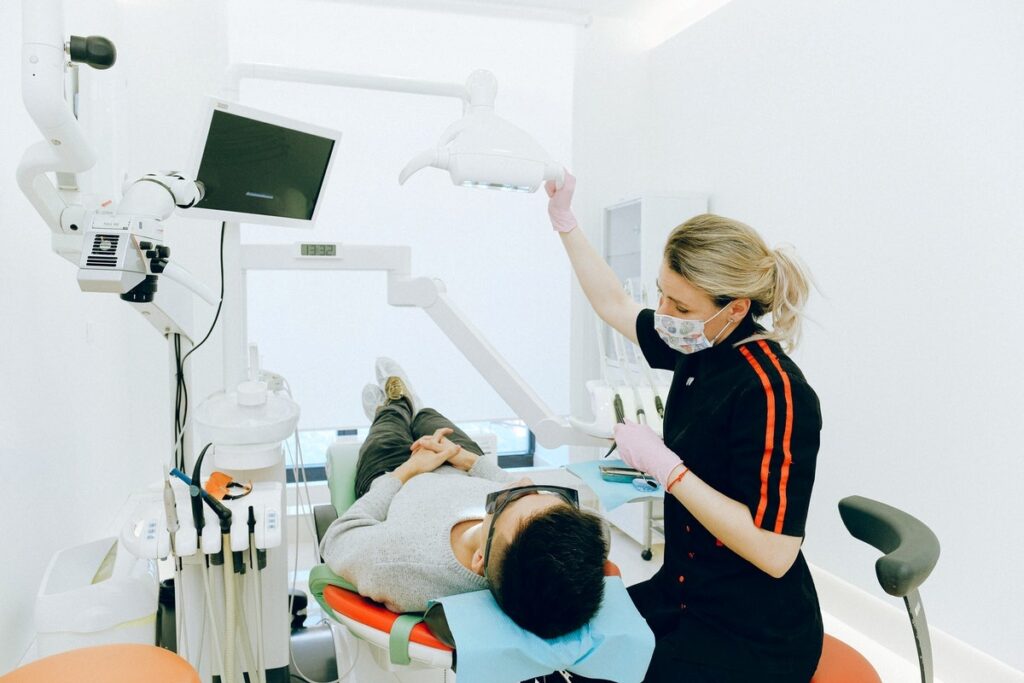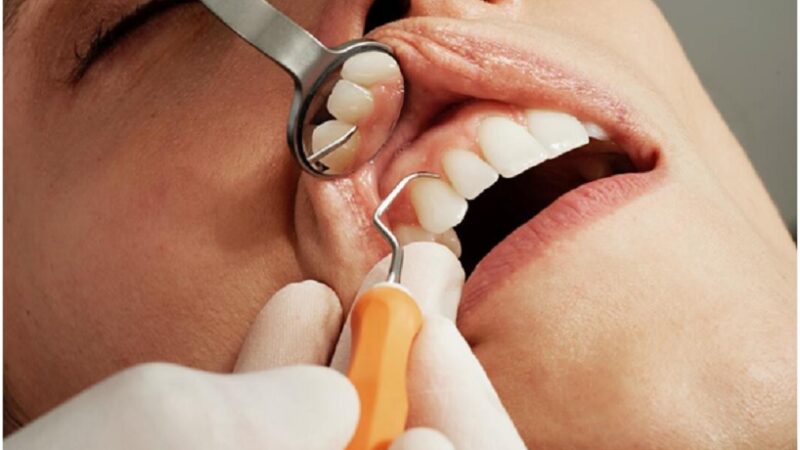Cosmetic dentistry is nothing new in human culture. It was established early on that improvement in the teeth and mouth area would increase the overall appearance of anyone. Around 700 B.C. the Etruscans (ancient Italy), would use ivory and bone to restore teeth, and in 200 A.D. they used gold crowns for implants and bridges. Around the same time, the ancient Egyptians also made DIY dental implants and bridges from gold, and in some cases would hammer seashells into their gums! The ancient Romans would even use urine to whiten their teeth. The ammonia in urine acts as a bleaching agent.
These crude methods did not develop much over the next thousand years. Significant improvements were not made until the late 18th century. The first porcelain veneers were created by Alexis Duchâteau in 1770 and were very popular, although they had a 10-year waiting period. The dentist economy began to increase in the 1800s, and the first dental prosthetic lab was established. By the early 1900s, the dental labs switched to plastics and acrylics for dentures. Acrylic remains the standard for modern dentures today.
Modern cosmetic dentistry
Visiting a cosmetic dentist in London is a very different experience today than visiting the seashell enthusiasts of ancient Egypt. Modern cosmetic dentistry has improved significantly in the last 30 years.
In the 1990s the technologies of old were available on a larger scale. For example, laser dentistry was first created in the 1960s for treating gum disease, but in 1996 laser dentistry was approved for teeth whitening and has become popular since. Dental veneers were first created for movie stars as a very temporary fix. Now, dental veneers can last up to 15 years!
Modern dentistry, thanks to advancements in technology and science has allowed cosmetic dentistry to improve.
Common cosmetic dentistry

Porcelain veneers are for teeth that are stained, chipped, or unaligned with each other. If the patient only has a small gap or is slightly out of position, porcelain veneers are an option as a minor procedure compared to braces. They are found to be more durable than composite veneers and have excellent aesthetic results.
Patient’s teeth may be crooked or misaligned that porcelain veneers will not be able to straighten. For these cases, invisible braces are inconspicuous and effective in treatment. Invisible braces are an orthodontic method for straight teeth using time and pressure to fix the patient’s teeth in a more desirable alignment.
White fillings are a cosmetic option to blend with the colour of the patients’ teeth to fill cavities for a more natural look than the glint of metal in one’s smile. It is also possible to change metal fillings for natural white fillings instead.
Dental implants are an alternative method for missing teeth that can have long term results. Missing teeth affect the appearance of the teeth as well as causing other issues with bite and jaw bone erosion. Therefore it is essential to seek a permanent solution as soon as the patient can. Dental implants do just this allowing for full functionality with a natural aesthetic look.
Most cosmetic dentists provide teeth whitening services and home teeth whitening kits that thankfully, don’t rely on the ancient Roman practices for shiny white teeth. Cosmetic dentistry treats the aesthetics first to improve the patient’s self-esteem with a smile they can wear confidently. However, often with cosmetic dentistry, this can also have a positive impact on dental hygiene and overall functionality of teeth.









